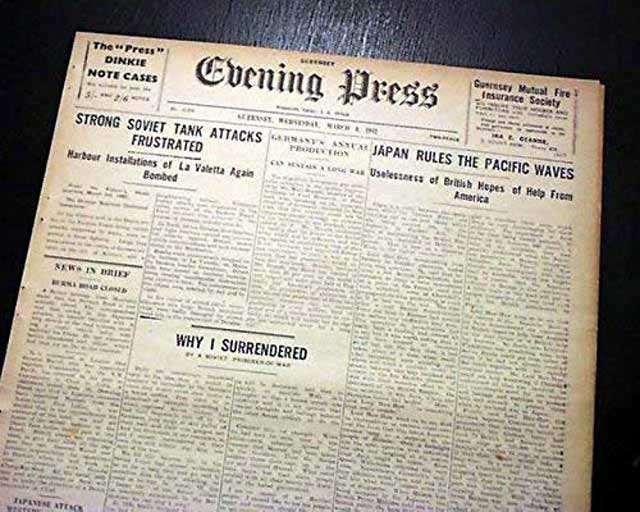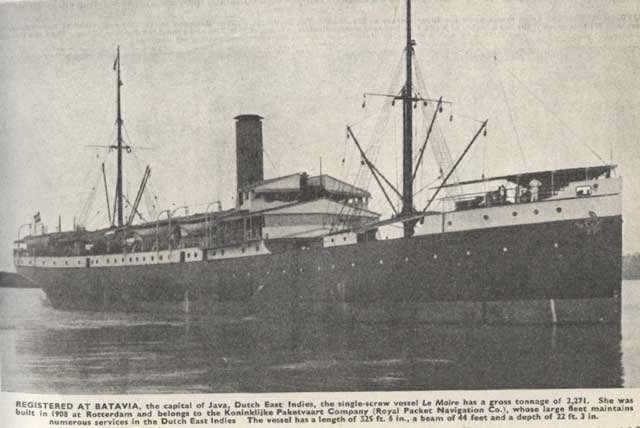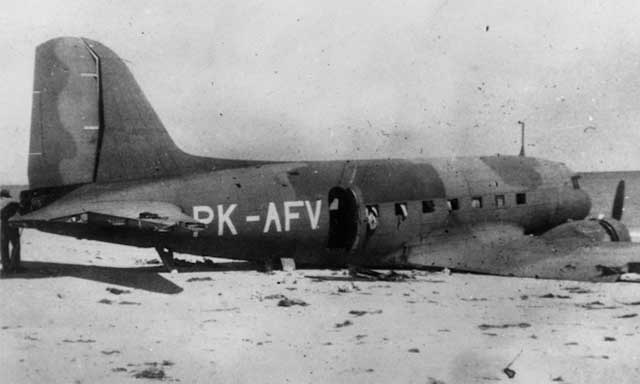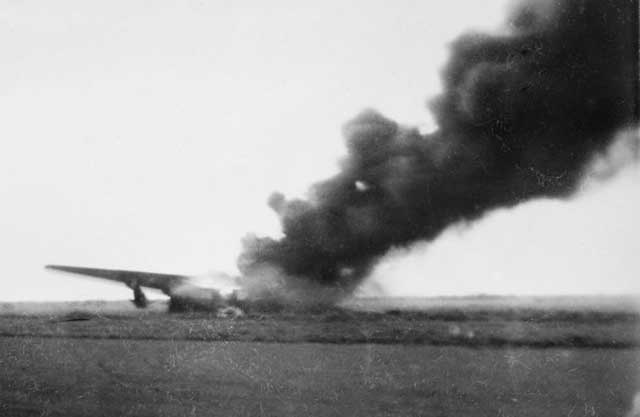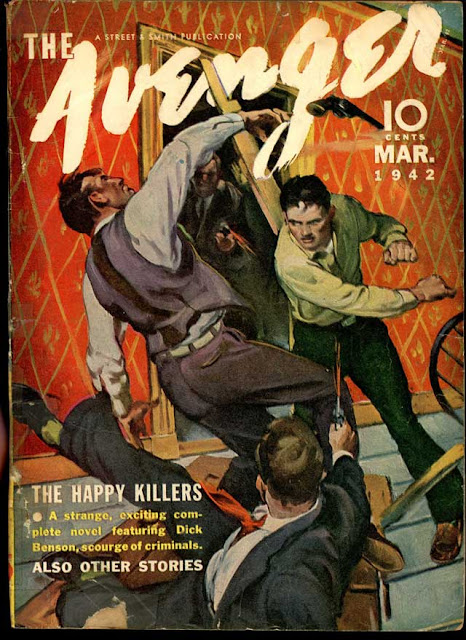Wednesday 4 March 1942
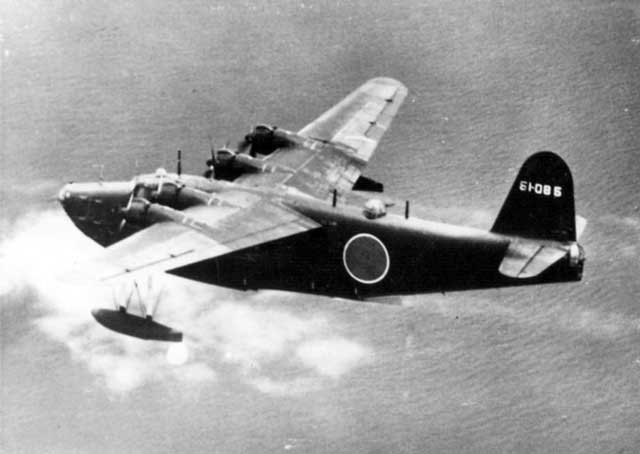 |
| A Japanese Kawanishi H8K is seen seconds before being shot down by a Navy aircraft in July 1944. COURTESY OF THE U.S. NAVY. |
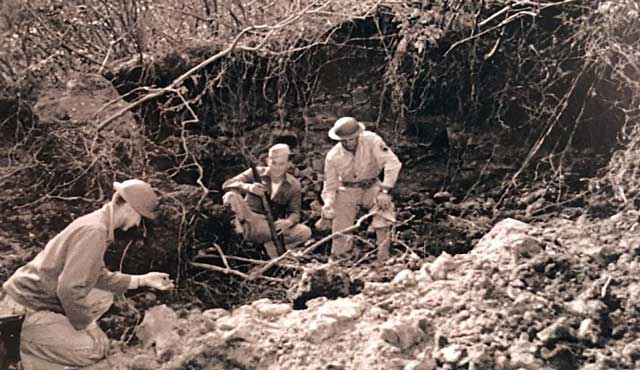 |
| Soldiers inspect a crater left near Honolulu after a Japanese bombing raid on Hawaii, March 4, 1942, in this undated photo on display at the Pacific Aviation Museum in Honolulu. WYATT OLSON/STARS AND STRIPES. |
 |
| HMAS Yarra, sunk by Japanese cruisers on 4 March 1942. |
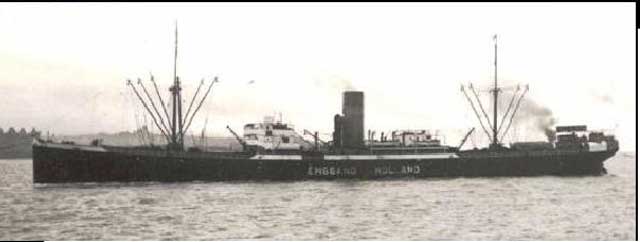 |
| Dutch freighter Enggano, sunk by Japanese cruisers near Java on 4 March 1942. |
 |
| A Douglas SBD-3 Dauntless ready for delivery at Douglas Aircraft Company's El Segundo, California (USA), plant on 4 March 1942. This is the type of plane used during the raid on Marcus Island (US Navy National Naval Aviation Museum). |
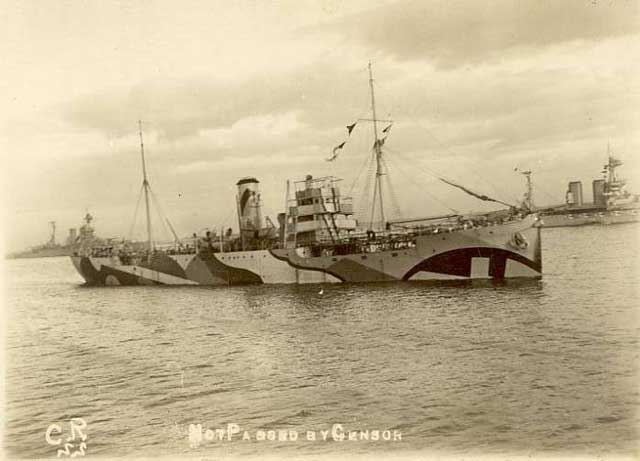 |
| Tanker Francol, sunk south of Java on 4 March 1942. |
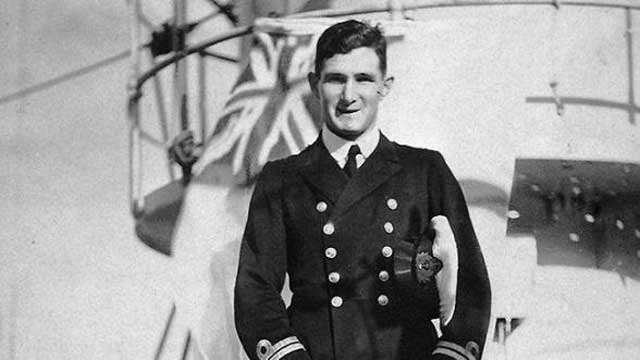 |
| Lieutenant Commander Robert Rankin, commander of HMAS Yarra, who goes down with the ship on 4 March 1942. |
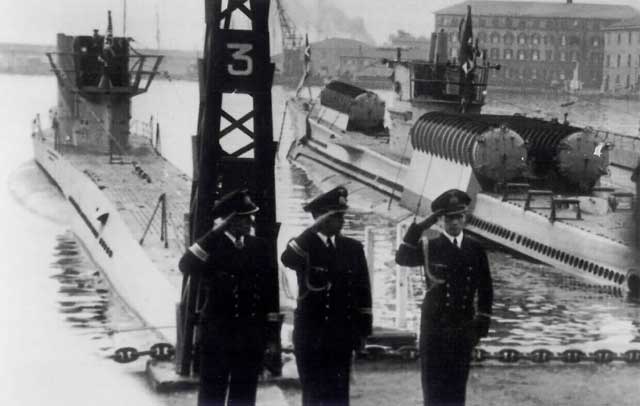 |
| Italian Navy officers at La Spezia, 4 March 1942. |
 |
| Firefighting in Boulogne-Billancourt after air raid of 3-4 March 1942. Source: Archives municipales de Boulogne-Billancourt. |
A Free French soldier from Billancourt, Georges Gorse, pens an article for the British press which praises the raid despite the inevitable French civilian deaths, writing:
If we want the liberation of France, we must clench our teeth and accept that the British must bomb occupied Paris just as the Germans bombed London and that some French people will die under those Allied bombs. They are German casualties just as much as casualties during the 1940 campaign and the men shot by the Germans at Nantes and Paris. Boulogne-Billancourt workers rightfully see the March raids as a promise of liberation. Those who have perished have contributed to the war effort.Gorse is elected mayor of Billancourt after the war.
There is a report published in the NY Times that "an enemy vessel, presumably a submarine," shelled the cliffs of Mona Island, about fifty miles southwest of Puerto Rico on 3 March. However, there is no confirmation from any other source that this actually happened. The paper touts this as the "First Land Attack on Us in Atlantic Waters."
 |
| A soldier's dog looks after his master's boots and rifle while he takes a shower provided by a mobile bath unit in the Western Desert, 4 March 1942. © IWM (E 9068). |
War Crimes: The Japanese conclude the Sook Ching massacre in Singapore. This elimination of ethnic Chinese considered potential threats or simply inconvenient began on 18 February and results in many thousands of deaths (actual totals are just estimates). This leads to bitter resentment by locals against both the Japanese who actually commit the crimes and the British for not doing enough to prevent them or later punish those who committed them. There is a war crimes trial after the war which is widely considered unsatisfactory for failing to dispense adequate punishments. The Sook Ching massacre influences events in Singapore for decades and remains a lingering issue.
US/Canadian Relations: The US and Canada sign a treaty "for the avoidance of double taxation."
 |
| Japanese freighter Erimo, sunk by a US Navy submarine on 4 March 1942. |
US Military: Lieutenant General Joseph Stilwell establishes the Headquarters, American Army Forces, China, Burma, and India, at Chungking. It is staffed by Stilwell's U.S. Task Force in China and the American Military Mission to China (AMMISCA) personnel.
The USAAF Fifth Air Force in Australia continues its frantic reorganization following Japanese advances in the region, including the imminent fall of Java. The 11th and 22d Bombardment Squadrons of the 7th BG (Heavy) arrive in Melbourne, Australia, from Jogjakarta, Java. Also arriving at Melbourne are the air units (B-17s, B-24s, and LB-30s) of the 14th Bombardment Squadron, which is attached to the 19th Bombardment Group (Heavy), and the air units of the 28th Bombardment Squadron, 19th BG (Heavy, which left Singosari, Java. The ground units of most of these units remain trapped at Java or Bataan, Philippines, with little hope of rescue.
Canadian Military: The US/Canadian buildup of forces in the British Isles continues. The first 40 Canadian Cruiser Tank Mk. I Rams arrive in England today.
The Führer subsequently instructed me to communicate to the responsible parties, in no uncertain terms, that these changes of name are to be reversed immediately. Should members of the Society for Mammalogy have nothing more essential to the war effort or smarter to do, perhaps an extended stint in the construction battalion on the Russian front could be arranged.The changes are reversed immediately, and on 1 July 1942 the Society goes further and issues instructions that "terms that have become established over the course of many years are not to be altered."
US Government: The House of Representatives authorizes the construction of a "free highway bridge" from Needles, California. across the Colorado River to Arizona.
Canadian Homefront: All people of Japanese racial origin are told to leave the protected area of a 100-mile wide strip along the west coast of British Columbia. They are told to pack a single suitcase and proceed to waiting areas where trains will arrive to take them to the interior. These sealed trains arrive sporadically over the course of several months, and until then, the refugees are held in places such as local livestock buildings. All property that they leave behind, including homes and cars, will be sold at auction.
 |
| The site of the Rock End Hotel after it burned down on 4 March 1942 (Great Harbor Maritime Museum). |
The first assembly line of the Arkansas Ordnance Plant (AOP) is completed. This is one of the first plants of its kind in the country, and the majority (about 75%) of production line workers will be women. By November 22, 1943, there are 14,092 employees at AOP. The plant is closed completely by early 1946, but in the 1950s part of it is absorbed into the Little Rock Air Force Base.
Future History: PT-109, a PT-103 class motor torpedo boat, is laid down on 4 March 1942 in Bayonne, New Jersey. Built by the Electric Launch Company (Elco), it is launched on 20 June 1942 and serves in the Pacific Theater of Operations. PT-109 becomes famous when future President John F. Kennedy writes about his adventures relating to PT-109 before and after its sinking on 2 August 1943. It also is the title of a 1963 motion picture depicting the life of JFK.
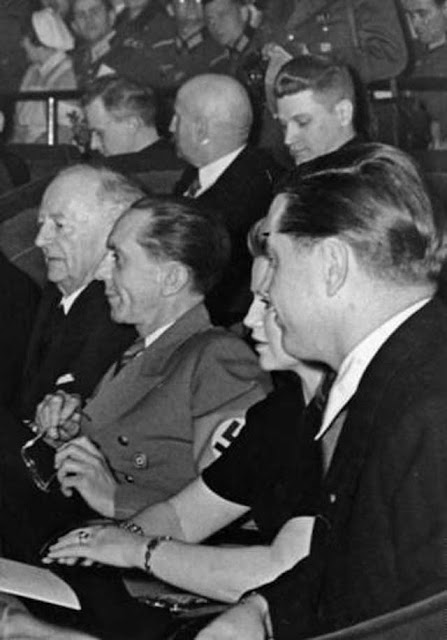 |
| Joseph Goebbels at the world premiere at Ufapalast of "The Great King," 4 March 1942. Goebbels is the head of the German film industry. Also visible are Christina Söderbaum and Dr. Hippler (Schwahn, Ernst, Federal Archive Bild 183-J00575). |
March 1942
March 1, 1942: Second Battle of Java Sea
March 2, 1942: Huge Allied Shipping Losses at Java
March 3, 1942: Japan Raids Western Australia
March 4, 1942: Second Raid On Hawaii
March 5, 1942: Japan Takes Batavia
March 6, 1942: Churchill Assaults Free Speech
March 7, 1942: British Defeat in Burma
March 8, 1942: Rangoon Falls to Japan
March 9, 1942: Japanese Conquest of Dutch East Indies
March 10, 1942:US Navy attacks Japanese Landings at Lae
March 11, 1942: Warren Buffett's First Stock Trade
March 12, 1942: Japan Takes Java
March 13, 1942: Soviets Attack In Crimea Again
March 14, 1942: The US Leans Toward Europe
March 15, 1942: Operation Raubtier Begins
March 16, 1942: General MacArthur Gets His Ride
March 17, 1942: MacArthur Arrives in Australia
March 18, 1942: Japan Attacks In Burma
March 19, 1942: Soviets Encircled on the Volkhov
March 20, 1942: "I Shall Return," Says MacArthur
March 21, 1942: Germans Attack Toward Demyansk
March 22, 1942: Second Battle of Sirte
March 23, 1942: Hitler's Insecurity Builds
March 24, 1942: Bataan Bombarded
March 25, 1942: Chinese Under Pressure in Burma
March 26, 1942: Win Or Die, Vows MacArthur
March 27, 1942: The Battle of Suusari
March 28, 1942: The St. Nazaire Commando Raid
March 29, 1942: The Free Republic of Nias
March 30, 1942: Japanese-Americans Off Bainbridge Island
March 31, 1942: Japanese Seize Christmas Island
2020
